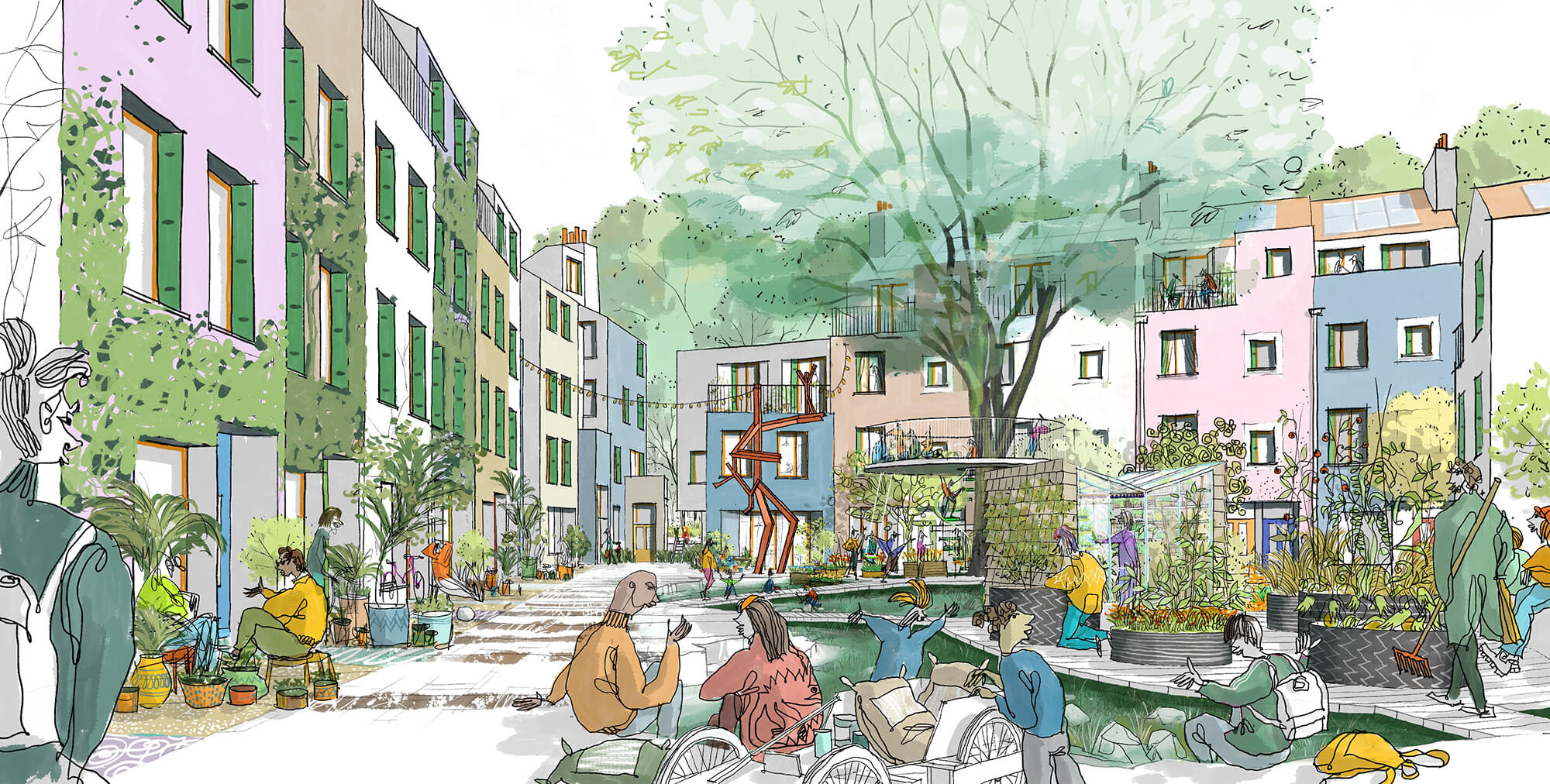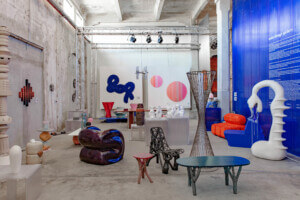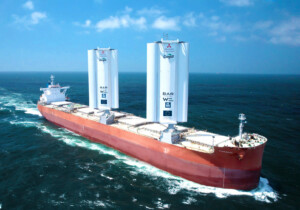Lewes, East Sussex, England, is a small town just north of Brighton. The locale was founded in the 6th century and, today, is home to 16,000 people. Now, a local planning body is implementing a master plan in Lewes by Human Nature that could set a new benchmark in English urban planning.
The Phoenix is an urban design project that seeks to transform a 20-acre brownfield site into the “UK’s most sustainable neighbourhood,” designers from Human Nature said. The project derives its name from the Phoenix Ironworks, a factory that’s been on the site since 1861. For decades, developers have wanted to flip the brownfield into housing, but the project has been marred by a series of stops-and-starts. Then in 2014, a fire broke out, further complicating the development.

Human Nature is intent on designing a walkable neighborhood at the former Phoenix Ironworks. The development group is a Lewes-based company founded by Michael Manolson, a former director at Greenpeace, and Jonathan Smales. Upon completion, the Phoenix will be the U.K.’s largest timber-structure neighborhood. Human Nature is simultaneously the client, master planner, and architect on the project; Periscope is the landscape designer; and Arup provided urban design services.
Expedition is the executive civil engineer, Atelier Ten is the environmental engineer, Whitby Wood is the executive structural engineer, and Eurban is the timber engineer. The Phoenix’s transportation planners are WSP and Urban Movement. Ecology Solutions and Whaleback are also project consultants.
Cumulatively, the planned development will have 685 homes—30 percent of those will be affordable. Of the 685 homes, 154 will be at local housing allowance levels while the remainder are set to be starter homes for young people and new families.
The Phoenix prioritizes people over cars, the master planners said, by providing optimal streets for walking, cycling, and wheeling. To encourage a car-free lifestyle, the Phoenix will have what the architects call a co-mobility hub. That facility will incorporate an electric-car share, car hire, electric bike service, and shuttle buses.

Human Nature’s master plan comprises 18 different housing blocks to be designed by 12 different architects. This is meant to give the Phoenix architectural diversity, character, and housing choice, designers said. Among the architects designing individual buildings at the Phoenix is the Stirling Prize-winning office Mæ Architects; as well as Adam Richards Architects, Al-Jawad Pike, Archio, Ash Sakula, Charles Holland Architects, Material Cultures, Mole Architects, Rabble Architecture, and TDO Architecture. These buildings will have shared courtyards, and be close to parks, green corridors, and rooftop gardens.
Ash Sakula is designing the first homes in detail at the Phoenix in collaboration with Periscope. There, the architects have interwoven play areas with communal garden plots and shared bicycle storage; all of this is meant to encourage interaction between neighbors. A central courtyard affords residents a place to sit, pause, talk, and play.
In total, there will be approximately 107,000 square feet of services, including commercial, employment and healthcare space; in addition to light industry, creative businesses, hospitality, and retail. At the core of the community will be a public space that connects to a community canteen, event hall, tap room, fitness center, workspace and maker studios. All of these amenities will be inside repurposed industrial structures.

Much of the master plan’s thinking is derived from circular economy principles. All buildings will be made of cross-laminated timber (CLT), and feature prefabricated cassettes consisting of local timber and biomaterials, like hemp. To create jobs and maximize social impact, local apprenticeships will provide on site training in modern methods of construction. Where possible, the architects will also recycle materials from the site’s industrial past like cladding, steel trusses, bricks, and buttresses. The Phoenix’s green energy strategies—its on-site recycling, waste management composting facilities, and urban farming areas—could reduce energy bills at the complex by up to 20 percent.

Meredith Bowles, principal of Mole Architects, shared in a statement: “While the rest of the world is carrying on as if everything is normal, Human Nature thinks that we have to build in a way that will allow us to live differently in a less hospitable world. But rather than seeing this as a constraint, the Phoenix is an opportunity; for sociable living, for local events, for a greener world. More than anything, it suggests that living sustainably will make for a better life.”
In a statement, Human Nature’s CEO Jonathan Smales said: “The current mainstream model of development is catastrophic, baking in deeply unsustainable fabric, infrastructure and transport, fuelling the climate and nature crises; it also creates social divisions and exacerbates loneliness. We aim to show that living sustainably can be a joy, not an exercise in self-denial, made far easier by the design of neighbourhoods.”

Smales continued: “We’re working with an amazing team, bringing together best practices in sustainable design, urbanism and construction to provide a new breakthrough model with the Phoenix. Our focus on radically improving environmental and social impacts through the power of placemaking is uncommon in 21st-century Britain. But the result won’t feel unfamiliar, rather a return to traditions we’ve forgotten: a place of elegantly designed buildings made using local materials, streets safe for children to play in, with most daily needs met within a short walk and where it’s easy to meet and socialise with your neighbours.”











